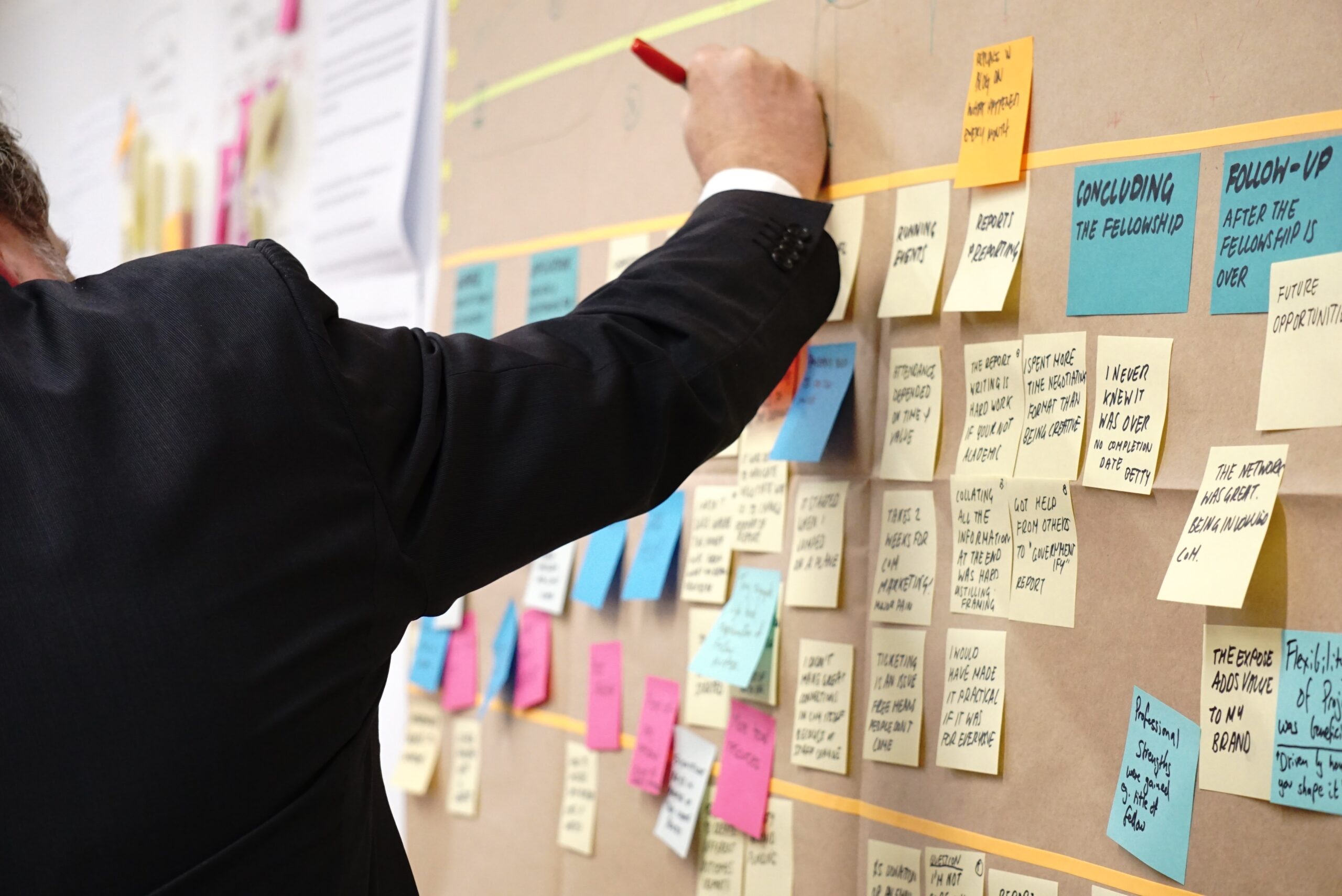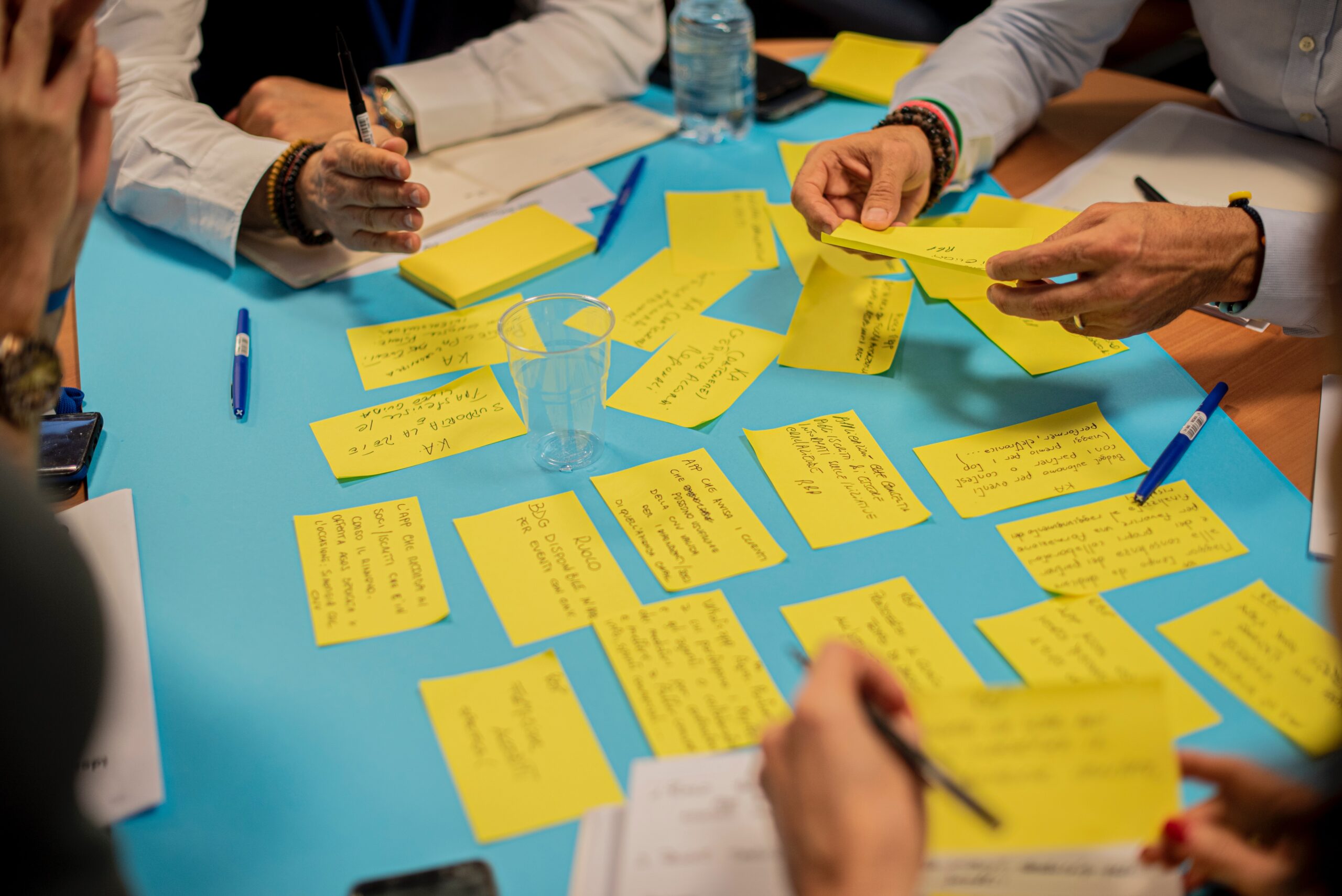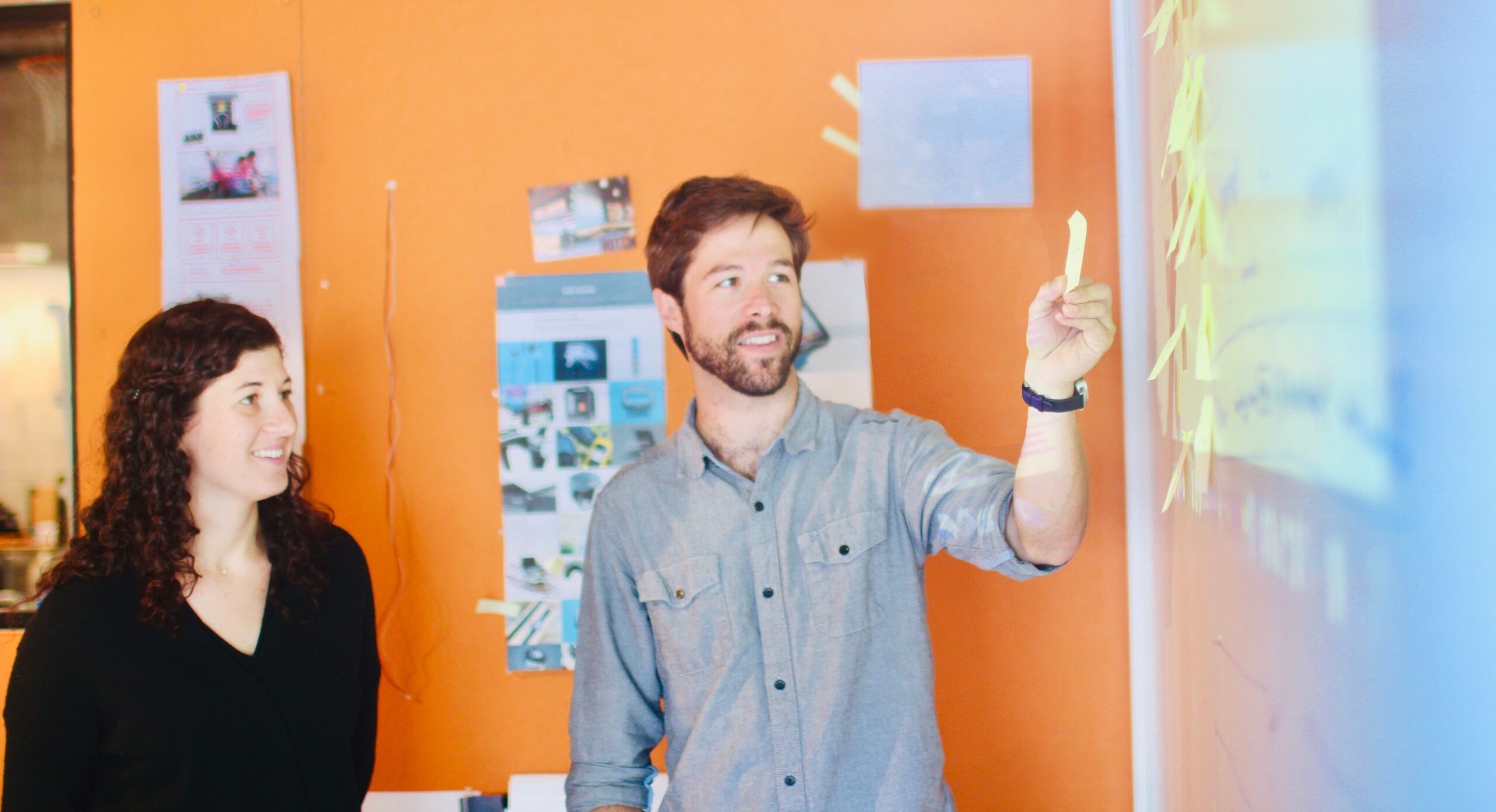Design Thinking is an innovative and interdisciplinary problem-solving method that originates from the field of design. It is based on understanding users’ needs, collaboration, and a creative approach to developing solutions. Design Thinking has become a popular tool in business, education, engineering, and community development.
Definition of Design Thinking
Design Thinking is a method focused on creating innovative and useful solutions through the empathetic identification of users’ problems and needs. It originates from industrial design and combines elements of creative thinking, problem-solving, collaboration, and prototype testing. The main goal of Design Thinking is to find new and effective solutions that meet people’s real needs.
Stages of Design Thinking
- Empathy
The first stage of Design Thinking is understanding the users’ needs and expectations. Designers and researchers collaborate with users to learn about their daily challenges, aspirations, and emotions. This helps to fully understand the context in which they operate and discover their real needs. - Define
After understanding the users, the next step is to formulate the problem to be solved. Defining the problem at this stage is crucial because it will drive the rest of the process. - Ideate
The third stage involves brainstorming and generating various ideas to solve the problem. Collaborating teams use different techniques to come up with diverse and unconventional solutions. - Prototype
After generating ideas, it’s time to create prototypes. Prototypes are simplified versions of the solutions that allow for testing their effectiveness and receiving feedback from users. Prototyping enables the verification of whether the solution meets the real needs of users. - Test
The final stage of Design Thinking involves testing prototypes with users and gathering feedback. This helps understand which elements of the solution work and which require further improvement.
Since this is an iterative process, you can (and sometimes should) return to previous stages to observe, define needs, generate ideas, prototype, test, implement, and refine.
Benefits of Design Thinking for organizations and users
Design Thinking offers many benefits for both organizations and communities:
- Innovation
Design Thinking fosters the generation of creative and innovative solutions, which can help discover new business and social opportunities. - Empathy and better understanding of users
Focusing on users’ needs helps organizations create more effective and useful products and services. - Improved collaboration
Design Thinking encourages teamwork and the exchange of ideas, which helps build stronger relationships among colleagues. It allows looking at solutions from three perspectives: the end user, the business, and the technical side. - Faster action
Through prototyping and testing, organizations can quickly implement and adapt solutions, enabling more efficient responses to changing needs. - Solving real problems
Design Thinking focuses on addressing important issues and finding concrete answers to real people’s needs.
Design Thinking is an innovative method that uses a creative and empathetic approach to problem-solving. By focusing on users, generating ideas, prototyping, and testing, it enables the creation of better and more effective solutions. For organizations and communities seeking to address current issues, Design Thinking becomes an invaluable tool that brings many benefits.


